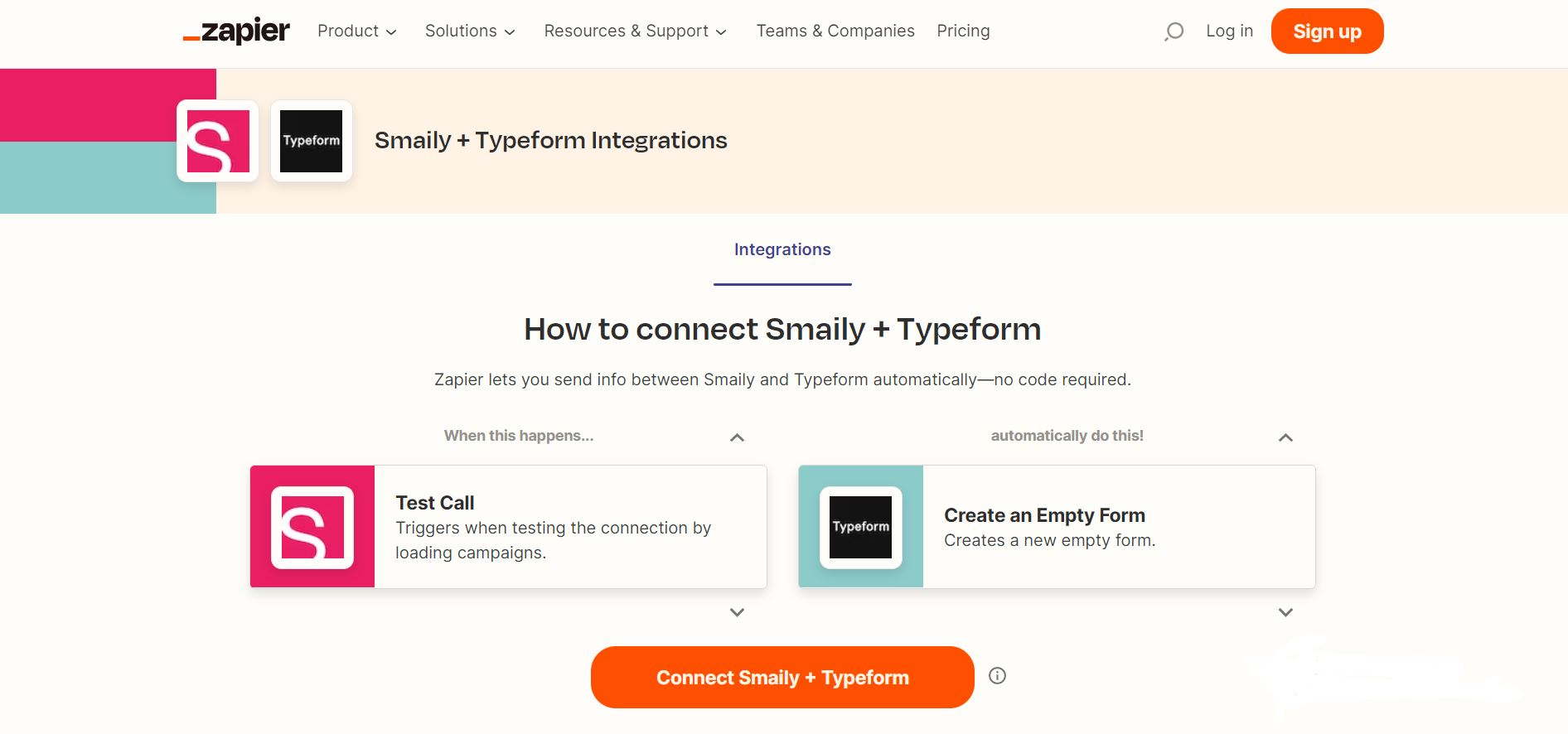
Connecting with your audience is easier through email than any other written medium. When someone subscribes to your list, it’s like they’re inviting you to come into their house. They’re expecting you to write to them, and there’s no reason you can’t extend that invitation to ask them questions. Here’s where polls in marketing emails come into play.
Polling your audience serves two really valuable purposes:
- Gaining insights about your audience to customize your messaging
- Connecting with your audience and making them feel heard
We’re going to expand on the benefits of using polls in your email campaigns and a few suggestions on best practices.
Gaining insights about your audience
There are two great ways to gain insights about your audience and use that information to drive your future marketing activities:
- Segmentation through tags and custom fields
- Gathering opinions to steer your content creation
We’ll cover both ideas briefly with a couple of suggestions on how you can implement these techniques in your own campaign.
Segmentation based on poll results
Driving segmentation from a poll sounds like advanced stuff, but it becomes simpler when you use Smaily for simple email campaigns, Typeform for creating custom polls, and Zapier for integrating the two systems.

The idea behind this setup is to apply a custom field value or set a tag to a user’s account when they select one of the options in the poll. Your future email campaigns can then reference that information to provide a more personalized touch.
This approach is incredibly useful for eCommerce. Say you’re running an online toy store that’s set up with WooCommerce, you can issue a poll to your subscribers asking them what their kid’s favorite ever gift has been with these options:
> Lego
> Barbie
> Playstation (any version)
> Xbox (any version)
> Nerf gun
> Other
Anyone who submits Lego gets tagged with “Lego”. In the future, if you plan to send out a campaign pushing gifts before the holiday period, you can send a special Lego email to anyone with a Lego tag. You already know that they’re interested, so rather than giving them a broader sales email that might feature other toys, you can really drill down into the offers that relate to them.
Being specific in any kind of promotion is a golden ticket to increasing conversion rates. It’s the same theory that powers Facebook’s algorithm and why everyone sees a different feed of ads.
Using poll results for future content creation
Keeping your email subscribers engaged and interested in your messaging is critical for successful monetization. This is usually easy at the start of your newsletter writing journey. You’re full of great ideas, and the words come easily.
A few years in, when you’ve sent dozens (or hundreds) of emails, it can be hard to know what topics your audience is most interested in. Depending on your segmentation strategy, there’s no better way than putting the question directly to your readers through a poll or a series of polls.
If you’re also maintaining a blog, you’ll understand the basics of keyword research and probably have a list of topics you’ll want to write on. Packaging up a handful of these article topics into a poll can be an effective way to drive your content strategy based on your audience’s interests.
Here’s a real-life example of this practice in action. A custom software development company called Clean Commit was losing subscribers every time they emailed. Their weekly newsletter covered a handful of tricks and tips each week, and they weren’t sure which topics were driving their subscribers away.
They decided to include a poll in each newsletter to check which topics weren’t connecting with their readers. Their email structure looked like this:
Topic1
- A couple of paragraphs of information
- Links to blog articles
- Links to videos and helpful resources
Topic 2
- A couple of paragraphs of information
- Links to blog articles
- Links to videos and helpful resources
Topic 3
- A couple of paragraphs of information
- Links to blog articles
- Links to videos and helpful resources
Poll:
- Question: which topic did you find the most useful
- Topic 1
- Topic 2
- Topic 3
The results were cut and dry. Of all of the topics the team was writing on, there was only one that readers cared about. This completely changed their marketing strategy and allowed them to refocus on a particular niche.
Gaining data from polls is great, but they’re also an excellent tool for improving engagement.
Connecting with your audience and making them feel heard
It’s worth putting yourself in your reader’s shoes before you write a new campaign or one-off email. The reason someone has subscribed to your list usually boils down to the fact they believe you’ll give them value.

If you’re an eCommerce business, the value is in the form of product recommendations, sales, and advice to maximize value from products. If you’re a service provider or affiliate marketer, the value comes from advice and guidance on topics they want help with.
Even though the direction of value is from you to them, there’s no reason the relationship can’t be bi-directional. Asking questions to your readers allows them to be part of the conversation and feel heard.
Polls are a good way to do this while keeping the scope of the feedback limited. Surveys with long-form questions can create richer, more detailed responses, but they’re also time-consuming to review and aren’t standardized.
Here’s a good example. A food travel blog has just finished writing a new series of posts about the best places to eat in Spain. They’ve sent out a handful of emails to their readers about the restaurants and cafes and want to connect with the readers to drive engagement. The first poll could feature in the middle of the content and ask which of the restaurants the reader most wants to try. A second poll could ask which country they’d like to read about next.
Even though it seems simple, adding a small element of interactivity can help improve engagement.
Using curiosity to drive engagement
Curiosity can be a strong driver of engagement. When you’re polling your audience, it helps if the results show straight after submission and you remind readers that they can see these results by participating.
The only problem with this approach is that you’ll often get readers skewing the form data simply because they want to see the results but don’t have an opinion. To mitigate this risk, simply include a “Just want to see the results” option.
Polling best practices
There are a few practices you should follow to get the most out of email marketing polls.
- Only use polls relevant to your content
There’s no point using a poll about someone’s favorite dog if you’re writing about the latest iPhone. If you’re going to ask questions, make sure they’re directly related to your content.
- Insert the poll in the middle of your content
The best place to ask a question is when you’ve finished writing about a topic. It might feel more organized to insert the poll at the start or end of your email, but for the sake of reading continuity, it’s better to include it directly after your concluding note on a topic.
- The fewer answer options, the better
Readers get overwhelmed by options. Avoid creating polls in which a respondent would need to choose from more than 10 answers. The ideal range is 5 – 8. You’re almost more likely to get a significant winner with fewer options, as the distribution will be less spread.
- Match your email styling
Where possible, match the colors, fonts, and styling choices of your email to achieve a more consistent, polished look. If your email open rate is already a little on the low side, the last thing you need is an ugly poll scaring your readers off.

- Check that your poll renders before sending
Not every poll provider is created equal. Some use technology that isn’t compatible with common email clients. Before you write to your list, do a quick test run with a few common email clients (Gmail web, Outlook, Apple Mail) to check that the poll actually displays.
Polls in Marketing Emails: Wrapping up
Polls can be a powerful tool to create engagement and segment your email list. They’re a great way to encourage structured two-way communication with your audience and use insights to drive future marketing efforts.
Hopefully, you gained a few tricks and tips from this article that you can apply to your own campaigns!
About the Author
Tim Davidson is just another Australian who likes geeky technical stuff like headless eCommerce, JAMstack websites, and Progressive Web Apps. He and his team at Clean Commit design and develop blazing-fast websites and web applications.